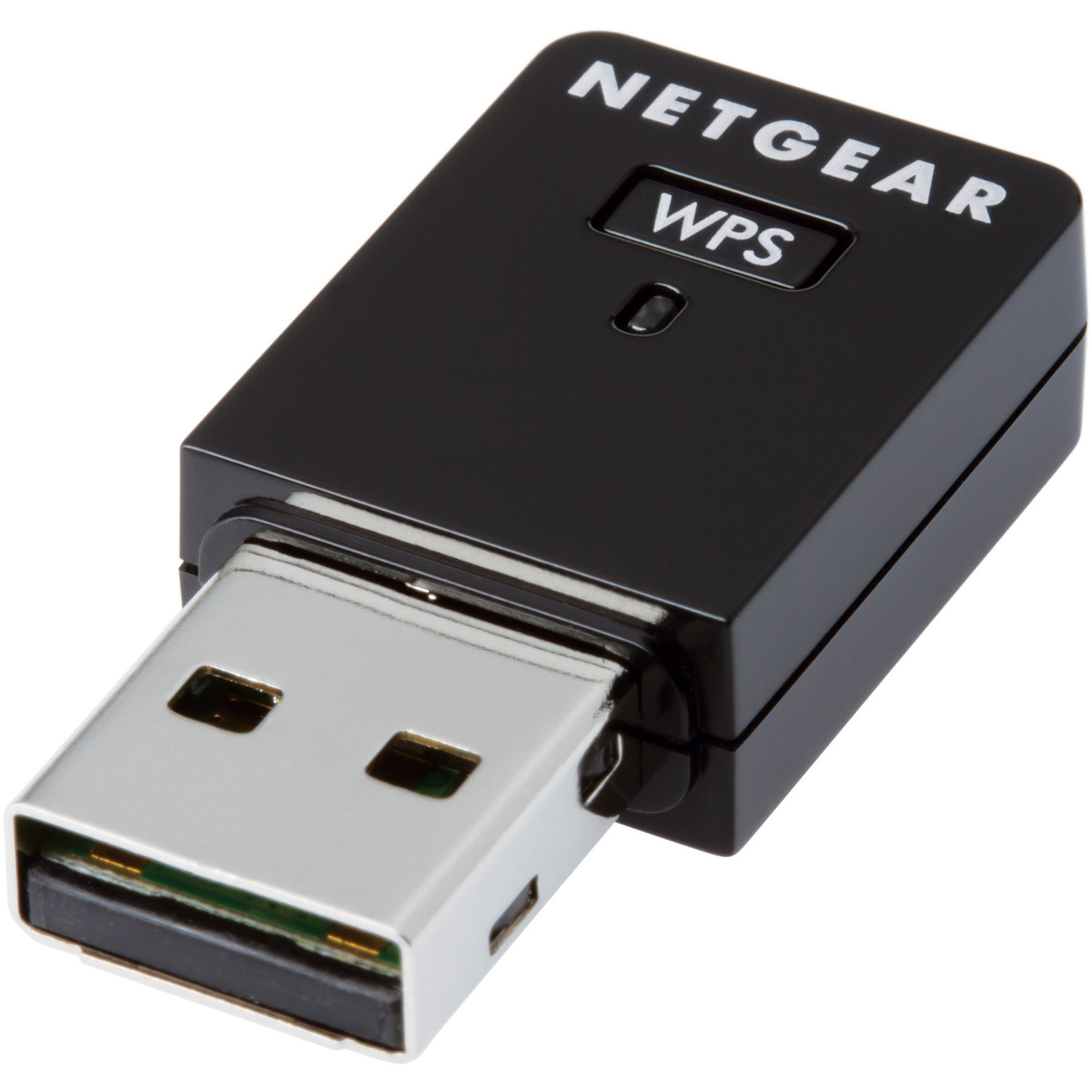

Articles
What Does A Wifi Adapter Do
Modified: January 8, 2024
Learn about what a WiFi adapter does and how it helps improve your internet connection with informative articles covering different types and functions.
(Many of the links in this article redirect to a specific reviewed product. Your purchase of these products through affiliate links helps to generate commission for Storables.com, at no extra cost. Learn more)
Introduction
In today’s digital age, staying connected to the internet has become more important than ever. Whether you’re at home, in the office, or on the go, having a reliable and fast internet connection is crucial for work, communication, and entertainment. However, not all devices are equipped with built-in WiFi capabilities, which is where a WiFi adapter comes into play.
A WiFi adapter, also known as a wireless adapter, is a device that allows your computer, laptop, or other devices to connect to a wireless network. It acts as a bridge between your device and the WiFi signal, converting the radio waves transmitted by the router into a signal that your device can understand and vice versa.
With the advancements in technology, WiFi adapters have become smaller, faster, and more efficient. They offer a convenient solution for those who need to connect to the internet without relying on an Ethernet cable. In this article, we’ll explore what exactly a WiFi adapter is, how it works, the different types available, and the benefits of using one.
Furthermore, we’ll cover important factors to consider when choosing a WiFi adapter, the setup process, and troubleshooting common issues that may arise. By the end of this article, you’ll have a comprehensive understanding of WiFi adapters and how to optimize their use.
So, let’s dive in and discover the world of WiFi adapters!
Key Takeaways:
- WiFi adapters enable wireless connectivity for devices without built-in WiFi capabilities, providing flexibility, mobility, and improved range. They work by utilizing radio waves to establish a wireless connection between devices and WiFi networks.
- When choosing a WiFi adapter, consider factors such as supported WiFi standards, data transfer speeds, antenna configuration, and compatibility with your device. Troubleshooting common issues, such as weak signals and slow speeds, can help optimize performance and reliability.
Read more: What Does A Usb Wifi Adapter Do
Definition of a WiFi Adapter
A WiFi adapter, also known as a wireless network adapter or WiFi dongle, is a device that enables devices without built-in wireless capabilities to connect to a WiFi network. It provides wireless connectivity by transmitting and receiving data over radio waves, allowing devices to access the internet or communicate with other devices on the network.
WiFi adapters are typically small, portable devices designed to be plugged into a USB port on your computer, laptop, or other compatible devices. They contain various components, including a radio transmitter and receiver, antenna, and circuitry, that facilitate wireless communication.
These adapters are available in different forms, including USB dongles, PCIe cards, and internal modules, allowing them to be used with a wide range of devices. They work by establishing a connection with a WiFi router or access point, which serves as the central hub for the wireless network.
Once connected, the WiFi adapter will convert the WiFi signals coming from the router into a format that your device can understand, allowing you to access the internet or network resources wirelessly. Similarly, it will transmit data from your device back to the router, completing the two-way communication process.
WiFi adapters are compatible with various WiFi standards, including 802.11a, 802.11b, 802.11g, 802.11n, and the latest 802.11ac and 802.11ax (also known as Wi-Fi 6). Each standard offers different data transfer speeds, range, and compatibility with older devices. It’s important to choose a WiFi adapter that supports the appropriate standard for your network for optimal performance.
Overall, a WiFi adapter serves as a crucial component for devices that lack built-in WiFi capabilities. It allows you to connect to wireless networks, access the internet, stream media, share files, and engage in online activities without the need for a physical Ethernet connection.
In the next section, we’ll explore how a WiFi adapter works and the technology behind it.
How Does a WiFi Adapter Work?
A WiFi adapter works by utilizing radio waves to establish a wireless connection between your device and a WiFi network. It consists of several components that enable wireless communication, including a radio transmitter, radio receiver, antenna, and circuitry.
When you plug a WiFi adapter into a USB port on your device, it initiates a process known as scanning. During this process, the adapter searches for available WiFi networks in the vicinity. It detects the signal emitted by nearby routers or access points and displays a list of the networks that it can connect to.
Once you select your desired network, the adapter sends a signal to the router, requesting access. The router responds by authenticating the adapter’s request and providing it with the necessary security credentials, such as a password or encryption key, to establish a secure connection.
Once the connection is established, the WiFi adapter begins transmitting and receiving data packets. When you send data from your device, the adapter converts the information into a signal and transmits it in the form of radio waves to the router. The router then forwards the data packets to the intended recipient, such as a website server or another device on the network.
Conversely, when you receive data, the router transmits it as radio waves, which are captured by the antenna of the WiFi adapter. The adapter then processes the signal, converts it back into data, and delivers it to your device, allowing you to access websites, stream media, or perform any other online activity.
The speed and range of a WiFi adapter depend on several factors, such as the WiFi standard it supports, the distance between the adapter and the router, and any obstacles or interference that may be present. Higher WiFi standards, such as 802.11ac and 802.11ax, offer faster speeds and better performance, while obstacles like walls or electronic devices can weaken the signal and reduce the range.
It’s important to note that WiFi adapters can also support multiple input and multiple output (MIMO) technology. MIMO utilizes multiple antennas to improve data transfer speeds and enhance the reliability of the wireless connection.
Overall, a WiFi adapter acts as a mediator between your device and the WiFi network, enabling wireless communication and providing you with the ability to access the internet and network resources without the need for a physical connection.
In the next section, we’ll explore the different types of WiFi adapters available on the market.
Types of WiFi Adapters
WiFi adapters come in various types to cater to different devices and connectivity needs. Here are the three most common types of WiFi adapters:
- USB WiFi Adapters: USB WiFi adapters are the most popular and widely used type. They are small, portable devices that plug into a USB port on your computer, laptop, or other devices. USB WiFi adapters are convenient as they can be easily installed and removed, allowing you to use them with multiple devices. They come in both external dongle form and compact nano-sized designs.
- PCIe WiFi Adapters: PCIe WiFi adapters are installed directly onto the motherboard of a desktop computer using a PCIe slot. This type of adapter offers a more permanent and stable wireless connection as compared to USB adapters. They typically come with multiple antennas for improved signal strength and range. PCIe WiFi adapters are ideal for desktop users who require a reliable and high-performance wireless connection.
- Internal WiFi Adapters: Some devices, such as laptops, come with built-in WiFi adapters. These adapters are integrated into the device during manufacturing and are not externally visible. Internal WiFi adapters offer a seamless and convenient wireless connection without the need for additional hardware. While they may not be as flexible as USB or PCIe adapters, they provide a reliable and compact solution for wireless connectivity.
It’s important to note that WiFi adapters can differ in terms of the WiFi standard they support, such as 802.11n, 802.11ac, or the latest 802.11ax (Wi-Fi 6). Older WiFi standards may have slower data transfer speeds and limited compatibility with newer routers, so it’s advisable to choose an adapter that supports the latest WiFi standards for optimal performance.
Additionally, WiFi adapters can also vary in terms of antenna configuration. Some adapters come with a single antenna, while others feature multiple antennas (known as Multiple-Input Multiple-Output or MIMO) for improved signal reception and faster speeds. MIMO technology allows for better coverage and higher data transfer rates, making it a desirable feature for those who require a robust and high-performance WiFi connection.
When choosing a WiFi adapter, it’s essential to consider the specific requirements of your device and the intended use. Factors such as data transfer speeds, range, compatibility, and ease of installation should be taken into account to ensure that the adapter meets your needs.
Now that we’ve covered the types of WiFi adapters available, let’s move on to the benefits of using a WiFi adapter in the next section.
Benefits of Using a WiFi Adapter
Using a WiFi adapter offers several advantages, making it a valuable addition for devices without built-in wireless capabilities. Here are some of the key benefits of using a WiFi adapter:
- Wireless Connectivity: The primary benefit of using a WiFi adapter is the ability to connect to a wireless network. It enables you to access the internet, stream media, and communicate with other devices without the need for a physical Ethernet connection. This wireless convenience allows you to stay connected and productive in various environments, such as cafes, libraries, airports, or your own home.
- Flexibility and Mobility: WiFi adapters provide flexibility and mobility, allowing you to use your device in different locations within the range of a WiFi network. You can move around freely without being constrained by cables, making it easier to work, browse the internet, or stream media from various areas of your house or office.
- Multiple Device Connectivity: WiFi adapters allow multiple devices to connect to the same network simultaneously. This means that you can connect multiple computers, smartphones, tablets, smart TVs, and other WiFi-enabled devices to the same network, enabling seamless communication and data sharing between devices.
- Improved Range and Signal Strength: WiFi adapters with multiple antennas or advanced technologies, such as MIMO, provide improved range and signal strength. This allows for a more reliable and stable connection, especially in larger homes or offices where the WiFi signal may be weaker in certain areas.
- Upgradeability: WiFi adapters can be easily upgraded to support newer WiFi standards as they become available. This means that you can future-proof your device by simply replacing the adapter with a newer model to take advantage of faster speeds and improved performance offered by the latest WiFi technologies.
- Compatibility: WiFi adapters are compatible with various operating systems, including Windows, macOS, and Linux, making them versatile and suitable for a wide range of devices. They can be used with desktop computers, laptops, gaming consoles, smart TVs, and other devices that lack built-in WiFi capabilities.
- Cost-Effective Solution: WiFi adapters are generally affordable, offering a cost-effective solution for adding wireless connectivity to devices without built-in WiFi. They eliminate the need to purchase costly networking equipment or cables, making them a budget-friendly option for accessing the internet wirelessly.
Overall, using a WiFi adapter provides convenience, flexibility, and enhanced connectivity options for devices that lack built-in wireless capabilities. Whether it’s for work, entertainment, or communication purposes, a WiFi adapter adds value by allowing you to stay connected and take advantage of all that the internet has to offer.
Next, let’s explore some important factors to consider when choosing a WiFi adapter.
A WiFi adapter allows a device to connect to a wireless network by converting data into a radio signal and vice versa. When choosing a WiFi adapter, consider the speed, range, and compatibility with your device.
Read more: What Is Wifi Adapter
Factors to Consider When Choosing a WiFi Adapter
When selecting a WiFi adapter, it’s important to consider several factors to ensure that you choose a device that meets your specific needs and provides optimal performance. Here are some key factors to consider when choosing a WiFi adapter:
- WiFi Standard: Consider the WiFi standard supported by the adapter. The latest standards, such as 802.11ac or 802.11ax (Wi-Fi 6), offer faster speeds and better performance compared to older standards like 802.11n or 802.11g. Choosing an adapter that supports the latest WiFi standard will ensure you can take full advantage of modern routers and future-proof your device.
- Data Transfer Speeds: Check the data transfer speeds offered by the WiFi adapter. The higher the speed, the faster the data can be transmitted and received. This is particularly important if you require activities such as online gaming, streaming high-definition video, or transferring large files. Look for adapters with speeds that match your internet plan and device capabilities.
- Antenna Configuration: Consider the antenna configuration of the WiFi adapter. Adapters with multiple antennas or MIMO technology tend to offer better signal strength, improved range, and more reliable connections. This is especially beneficial if you are located far from the WiFi router or if there are walls or obstacles that may weaken the signal.
- Compatibility: Ensure that the WiFi adapter is compatible with your device’s operating system. Most adapters support Windows, macOS, and Linux, but it’s always a good idea to double-check compatibility to avoid any compatibility issues or driver conflicts.
- Form Factor: Consider the form factor of the WiFi adapter. USB WiFi adapters are often the most versatile, allowing you to use them with multiple devices and easily switch between devices. Internal adapters, on the other hand, offer a more permanent and streamlined solution for desktop computers.
- Budget: Set a budget for your WiFi adapter purchase. Adapters come in a wide range of prices, so it’s important to determine your budget and find a device that fits within that range. However, be aware that opting for the cheapest option may result in sacrificing performance or compatibility.
- Reviews and Recommendations: Read reviews and seek recommendations from trusted sources or online communities. Hearing feedback from other users can help you gauge the performance, reliability, and compatibility of different WiFi adapters. Look for adapters with positive reviews and ratings to ensure a satisfactory experience.
By considering these factors, you can make an informed decision when choosing a WiFi adapter that aligns with your needs, providing a seamless and reliable wireless connection for your devices.
Next, let’s discuss how to set up a WiFi adapter for use.
Setting Up a WiFi Adapter
Setting up a WiFi adapter is a relatively straightforward process. Here are the general steps to follow for setting up a WiFi adapter:
- Check System Requirements: Before purchasing a WiFi adapter, ensure that your device meets the system requirements specified by the manufacturer. This includes checking the compatibility with your operating system and available USB ports for USB adapters or expansion slots for PCIe adapters.
- Install Drivers: Most WiFi adapters require drivers to be installed on your device. These drivers allow your operating system to recognize and communicate with the WiFi adapter. The driver installation process may require you to insert a CD that comes with the adapter or download the drivers from the manufacturer’s website. Follow the on-screen instructions provided by the manufacturer to install the drivers.
- Connect the WiFi Adapter: For USB WiFi adapters, simply plug the adapter into an available USB port on your device. Ensure a secure and snug connection to avoid any connectivity issues. For PCIe WiFi adapters, carefully insert the adapter into an appropriate expansion slot on your motherboard and secure it in place using screws if necessary.
- Connect to a WiFi Network: Once the adapter is connected, power on your device. The WiFi adapter should automatically detect available WiFi networks within range. Use your device’s WiFi settings to select the network you want to connect to. Enter the network passphrase or password if prompted, and wait for the connection to be established. Some WiFi adapters may come with their own software or utility that allows you to manage the wireless connection and configure advanced settings.
- Test the Connection: After connecting to the WiFi network, test the connection by opening a web browser and loading a webpage. Ensure that the internet connection is working properly and that you can access websites without any issues. If there are any problems, try troubleshooting common WiFi issues, such as restarting your device, checking your network settings, or contacting your internet service provider for assistance.
It’s important to note that specific instructions for setting up a WiFi adapter may vary depending on the brand and model. Always refer to the manufacturer’s documentation or user manual for detailed instructions tailored to your specific adapter.
By following these steps, you can successfully set up your WiFi adapter and enjoy a wireless internet connection on your device.
In the next section, we’ll discuss common WiFi adapter issues and how to troubleshoot them.
Troubleshooting Common WiFi Adapter Issues
While WiFi adapters generally work seamlessly, there may be situations where you encounter issues. Here are some common WiFi adapter issues and troubleshooting steps to help resolve them:
- Weak Signal or Limited Range: If you’re experiencing a weak WiFi signal or limited range, try repositioning the WiFi adapter and the router to reduce obstructions and interference. Ensure that the adapter and router are in line of sight and there are no physical obstacles, such as walls or large objects, blocking the signal. You may also consider using a WiFi extender or a mesh WiFi system to boost the range and coverage of your network.
- Connection Drops or Intermittent Disconnects: If your WiFi connection frequently drops or disconnects intermittently, check for any potential sources of interference, such as other electronic devices or neighboring networks using the same WiFi channel. Switching to a less crowded channel in your router’s settings can help alleviate the issue. Additionally, ensure that your WiFi adapter’s drivers are up to date, as outdated drivers can cause instability in the connection.
- Slow Data Transfer Speeds: If you’re experiencing slow data transfer speeds, first check your internet plan to ensure that it supports the speeds you expect. You can also try the following troubleshooting steps:
- Restart your router and WiFi adapter to refresh the connection.
- Ensure that there are no background applications or downloads consuming bandwidth.
- Check for any firmware updates for your router as outdated firmware can impact performance.
- Consider upgrading to a WiFi adapter that supports higher WiFi standards for faster speeds.
- Driver Issues: If your WiFi adapter is not working properly, it may be due to driver issues. Uninstalling and reinstalling the drivers can often resolve these issues. Visit the manufacturer’s website to download the latest drivers specifically designed for your WiFi adapter and operating system. Ensure that you fully uninstall the previous drivers before installing the new ones.
- Incompatibility: In some cases, WiFi adapters may be incompatible with certain routers or operating systems. Check the compatibility of your WiFi adapter with your router and operating system. If you find that they are not compatible, consider purchasing a different WiFi adapter that is known to work well with your setup.
- Hardware Malfunction: If none of the above troubleshooting steps resolve the issue, it’s possible that there is a hardware malfunction with the WiFi adapter. In such cases, contacting the manufacturer’s support or considering a replacement may be necessary.
Remember, WiFi adapter issues can vary depending on the specific brand and model. Always refer to the manufacturer’s documentation or seek support from their customer service for further assistance with troubleshooting steps tailored to your WiFi adapter.
By troubleshooting common WiFi adapter issues, you can overcome connectivity problems and enjoy a smooth and reliable wireless experience on your device.
In the final section, we’ll conclude our discussion on WiFi adapters.
Conclusion
WiFi adapters play a vital role in providing wireless connectivity for devices that lack built-in WiFi capabilities. These small but powerful devices allow you to connect to WiFi networks, access the internet, and communicate with other devices without the need for a physical Ethernet connection.
In this article, we explored the definition and functionality of WiFi adapters. We learned how they work by utilizing radio waves to establish a wireless connection between your device and a WiFi network. Additionally, we discussed the different types of WiFi adapters, including USB adapters, PCIe adapters, and internal adapters, each offering unique advantages and considerations.
Using a WiFi adapter offers numerous benefits, including wireless connectivity, flexibility, and the ability to connect multiple devices to the same network. WiFi adapters also provide improved range, signal strength, and upgradeability, ensuring you can take advantage of the latest WiFi standards.
When choosing a WiFi adapter, it’s important to consider factors such as the supported WiFi standard, data transfer speeds, antenna configuration, and compatibility with your device. By making an informed decision based on these factors, you can select a WiFi adapter that meets your specific needs.
Setting up a WiFi adapter involves installing drivers, connecting the adapter to your device, and establishing a connection to a WiFi network. Following the manufacturer’s instructions and troubleshooting steps can help ensure a successful setup process.
In the event of common WiFi adapter issues, such as weak signals, connection drops, or slow speeds, troubleshooting steps such as repositioning the adapter, updating drivers, and addressing potential interference can help resolve the issues and improve performance.
Overall, WiFi adapters provide an essential solution for wireless connectivity, enhancing the convenience, flexibility, and mobility of your devices. By understanding their functionality, considering the appropriate factors, and troubleshooting any issues that may arise, you can enjoy a seamless and reliable wireless experience in various environments.
So, whether you’re working, browsing the web, streaming media, or staying connected with friends and family, WiFi adapters empower you to make the most of the digital world without the constraints of physical connections.
Frequently Asked Questions about What Does A Wifi Adapter Do
Was this page helpful?
At Storables.com, we guarantee accurate and reliable information. Our content, validated by Expert Board Contributors, is crafted following stringent Editorial Policies. We're committed to providing you with well-researched, expert-backed insights for all your informational needs.
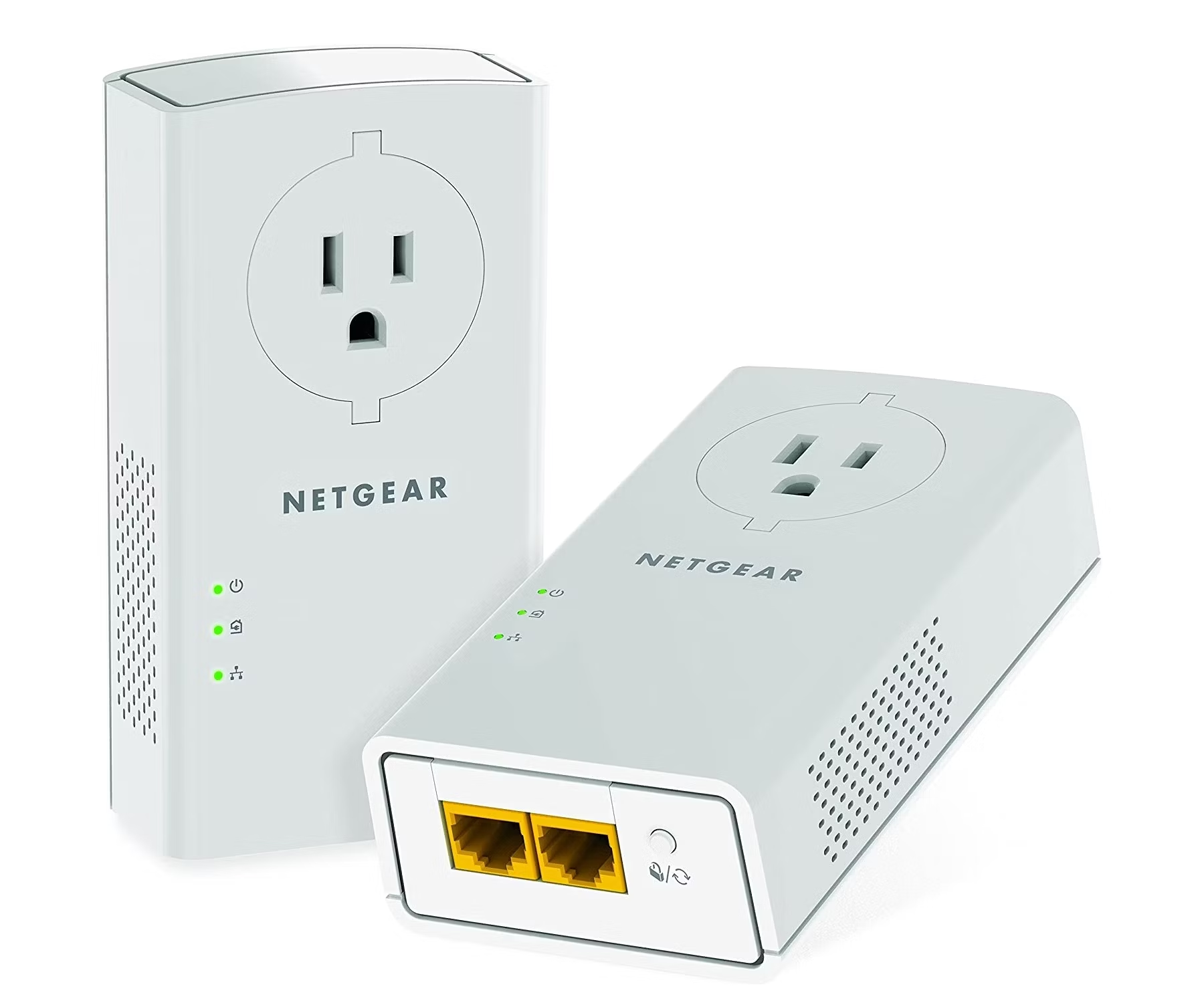
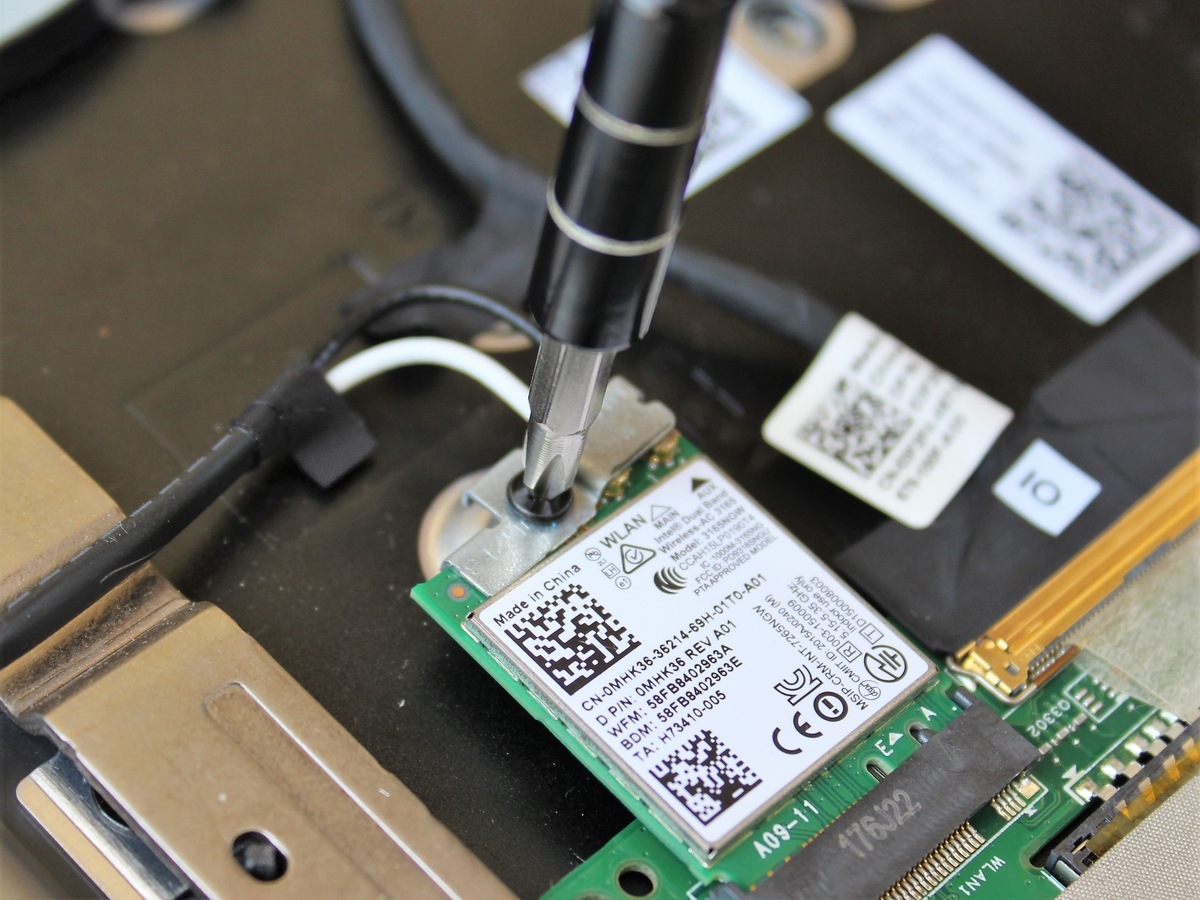
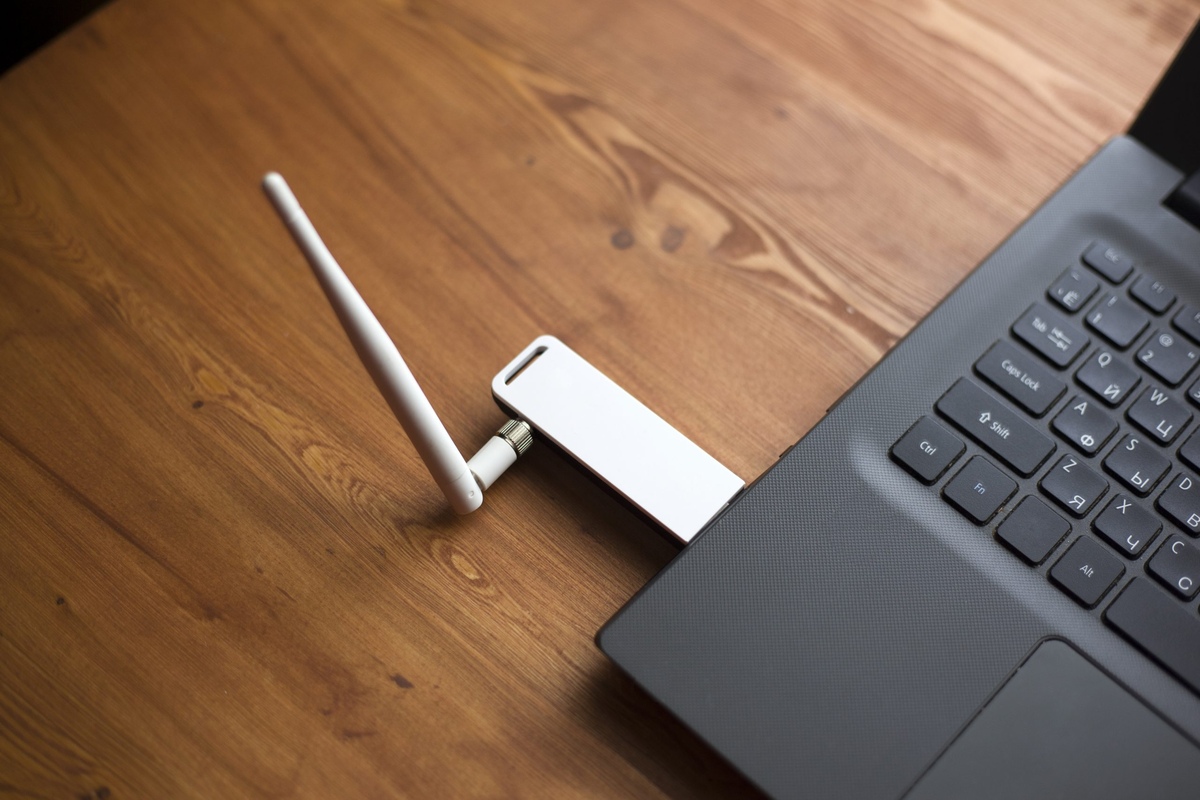
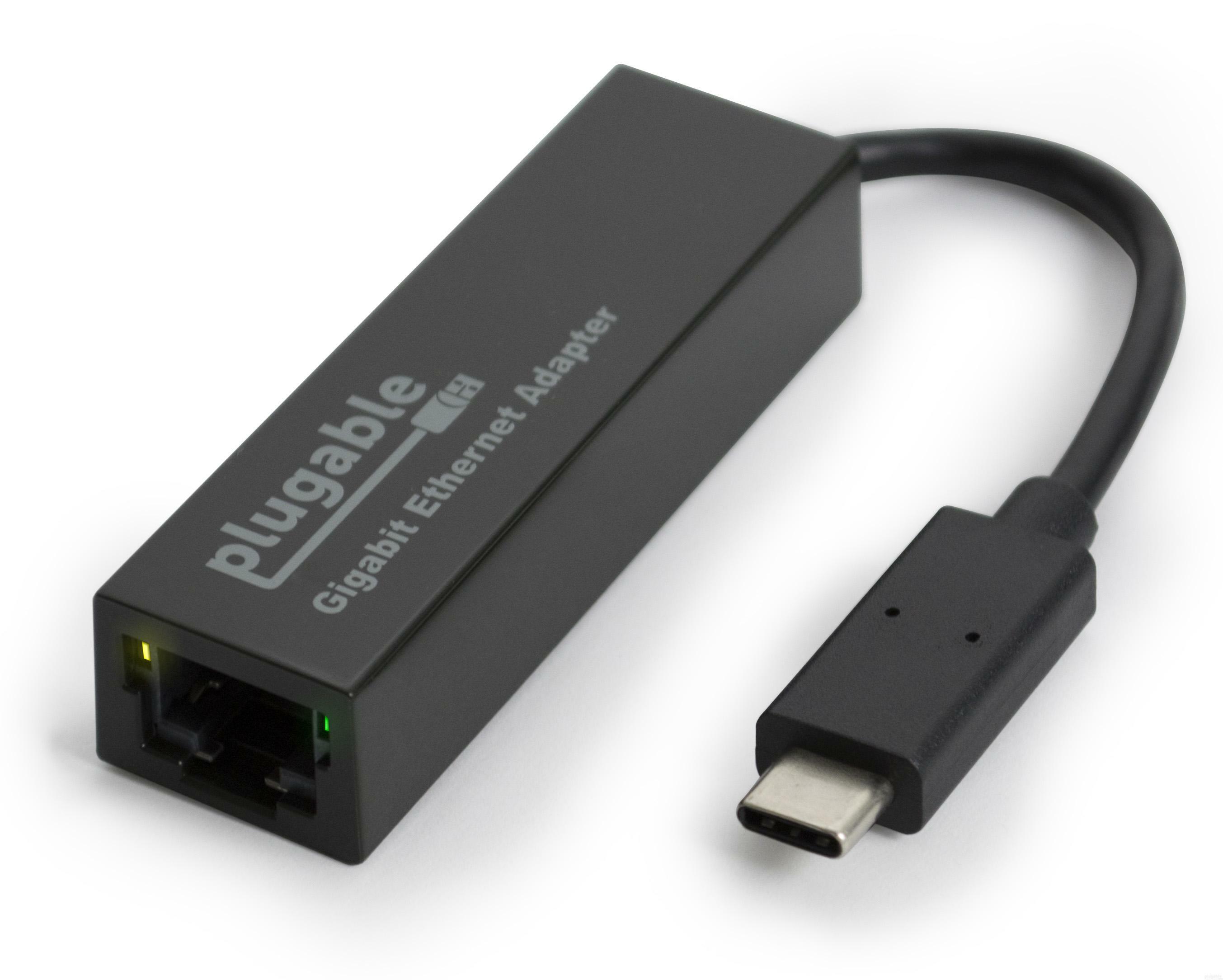
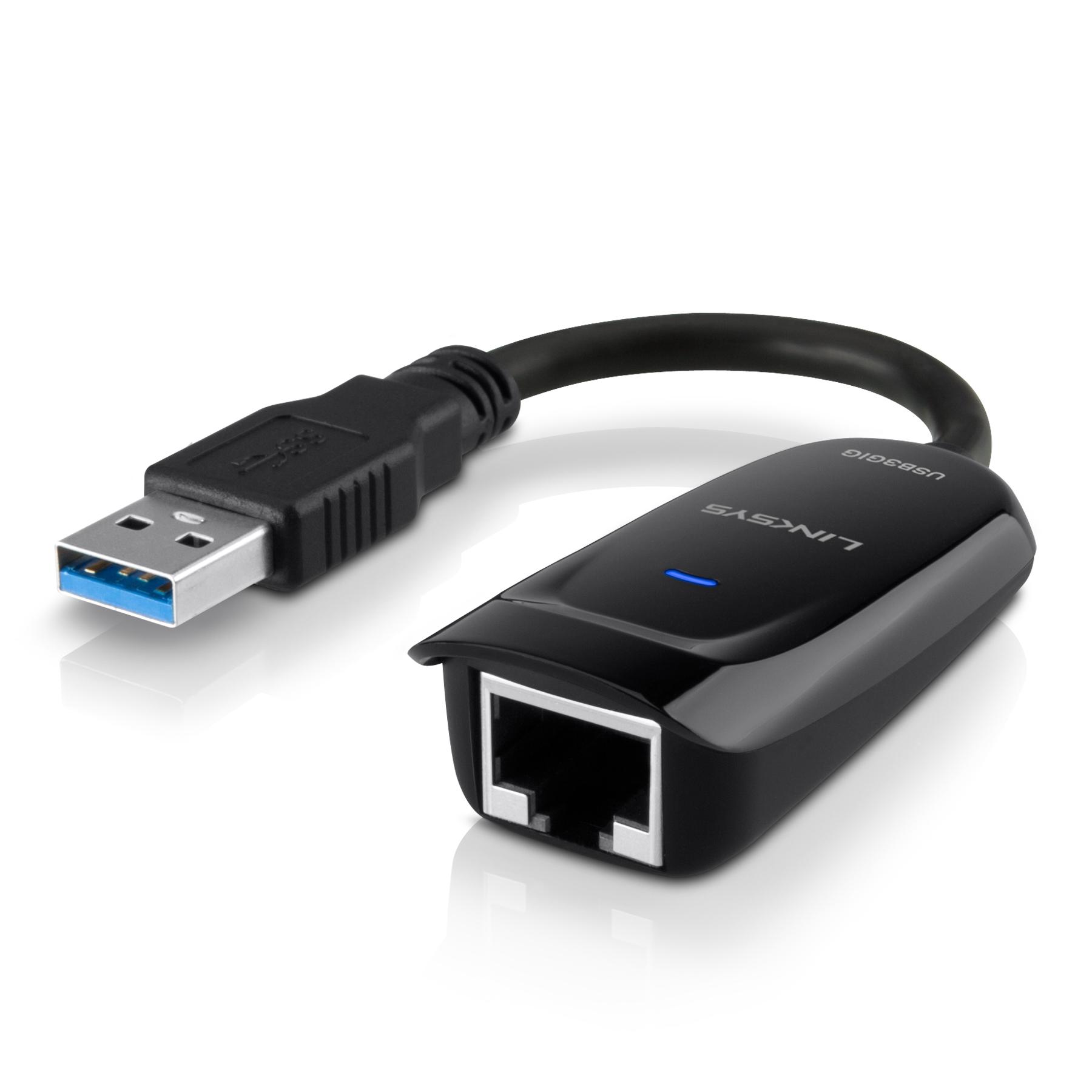
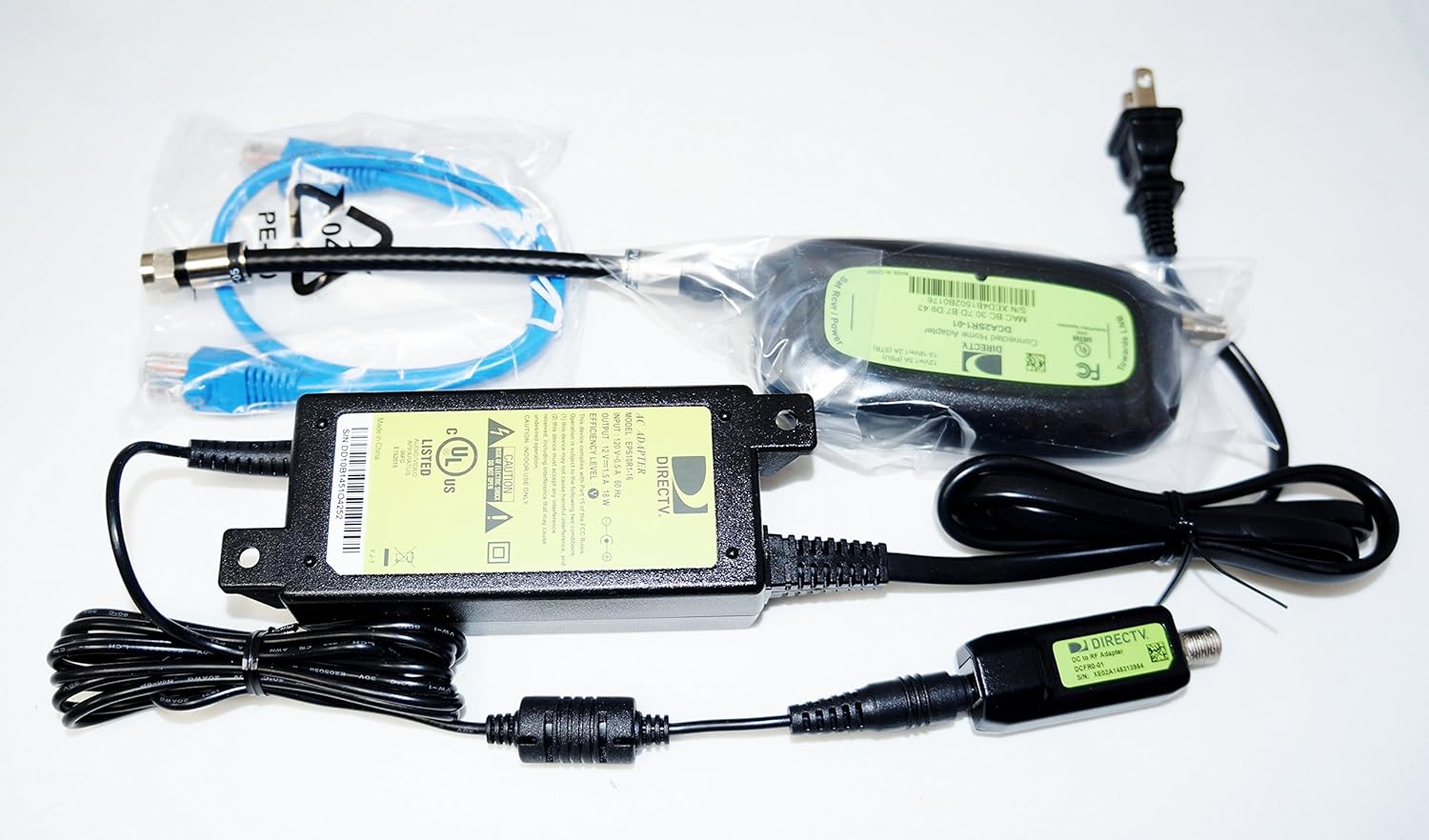
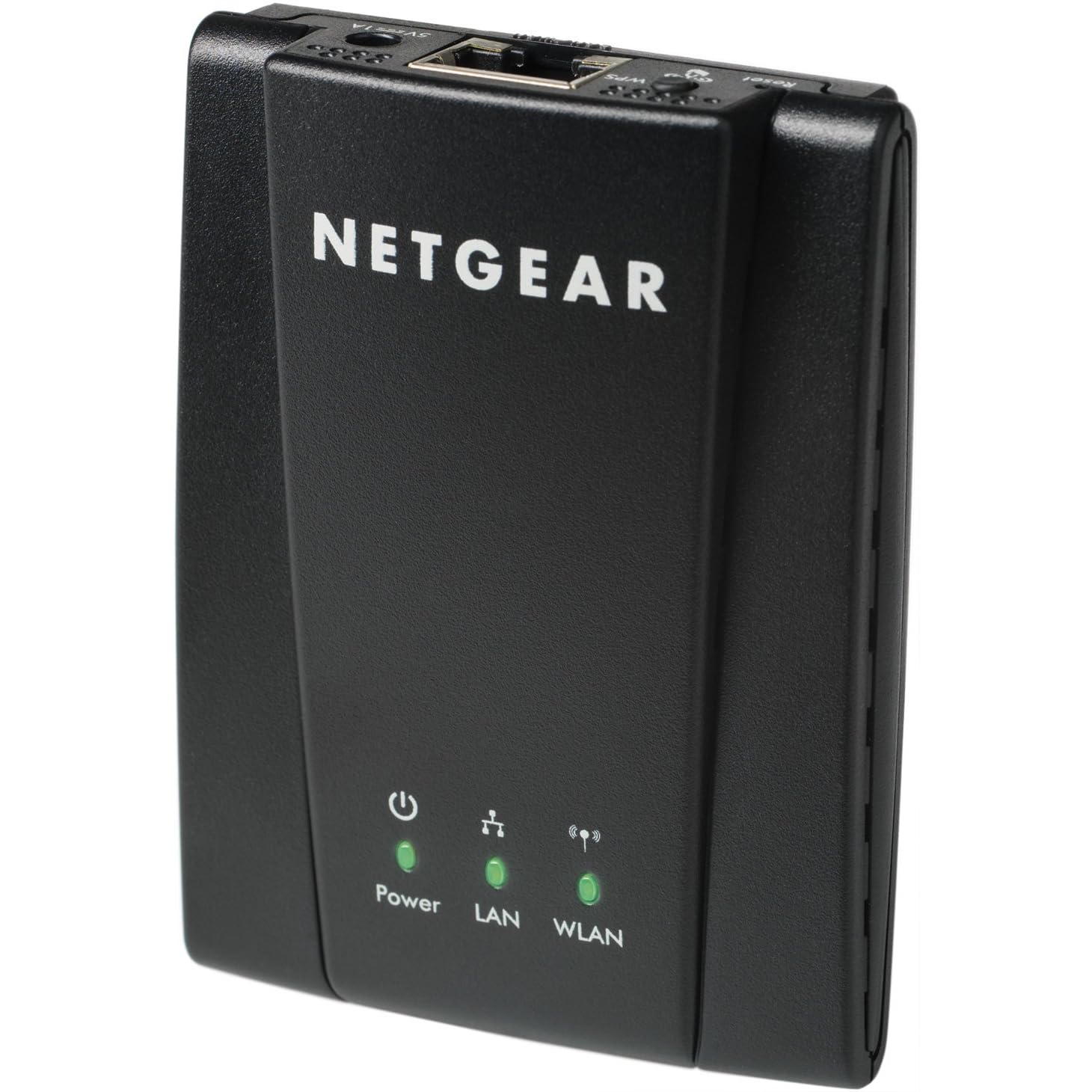
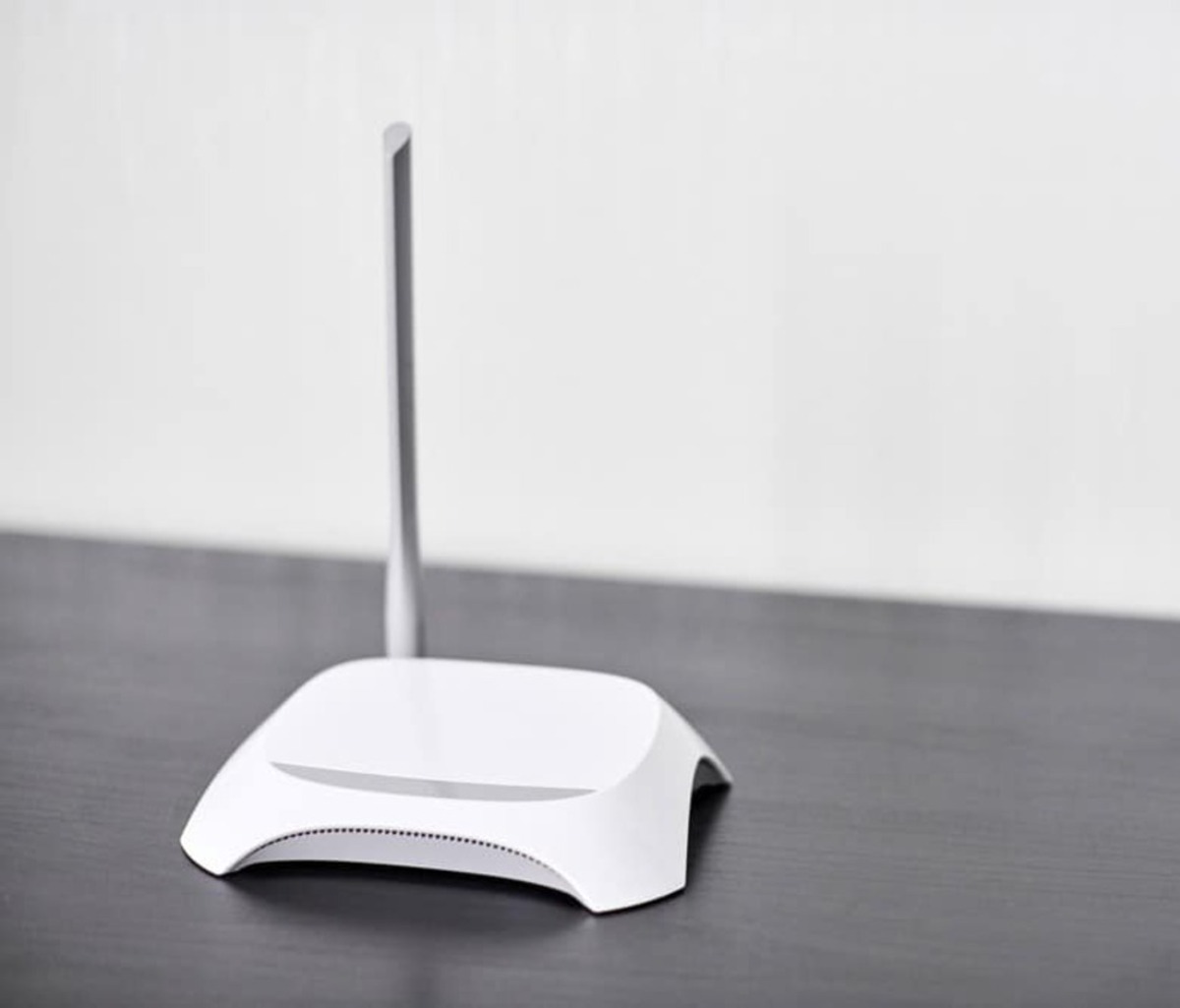
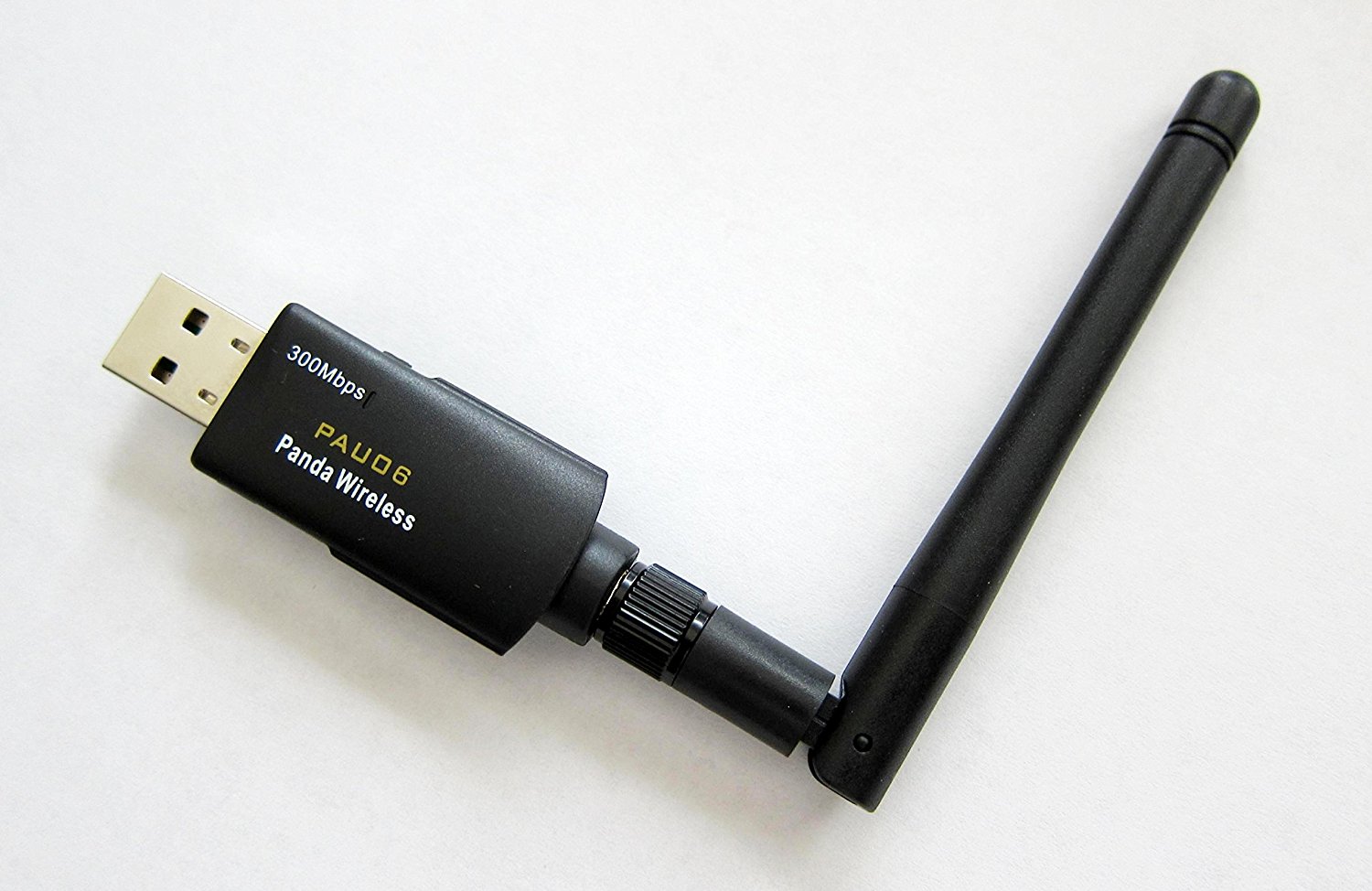
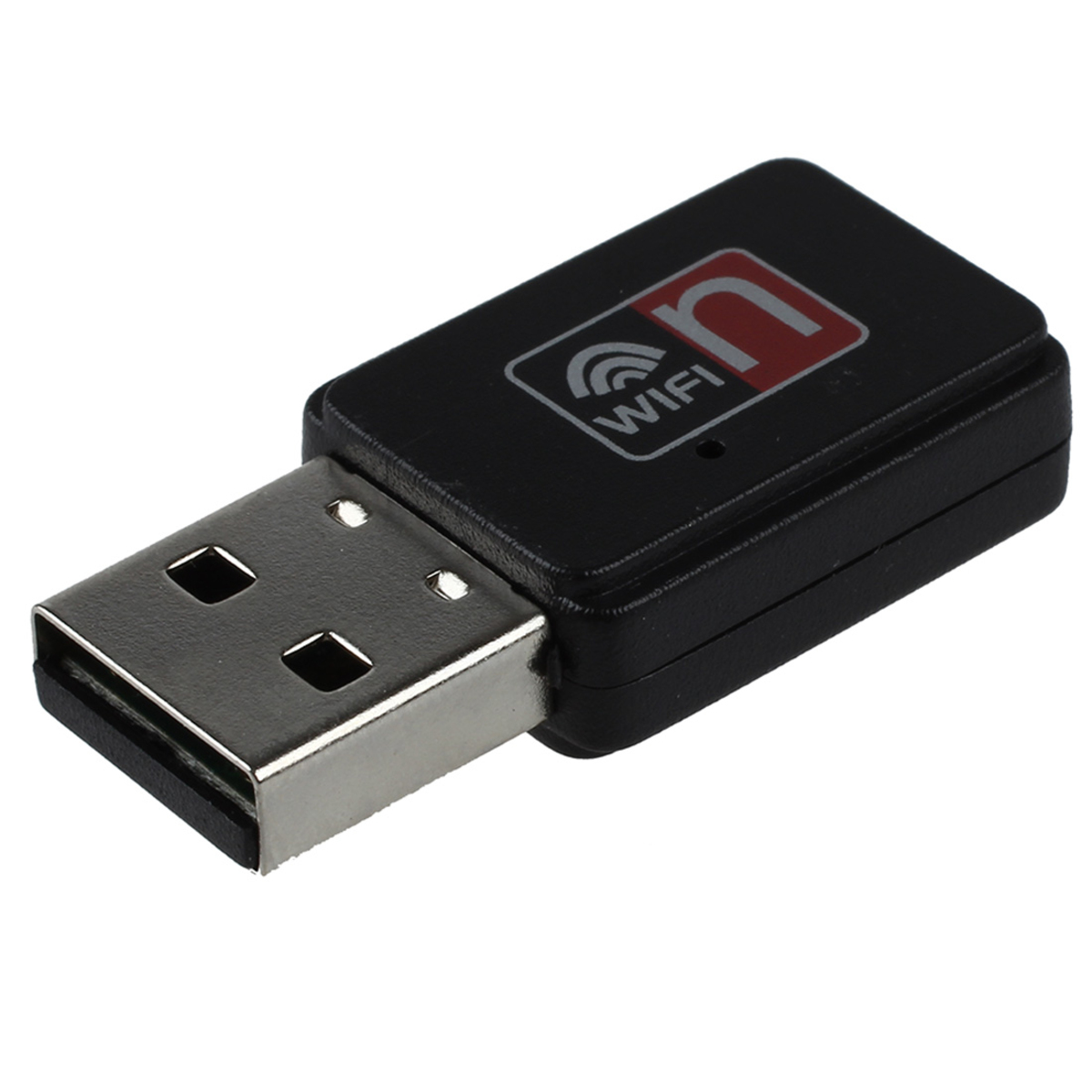
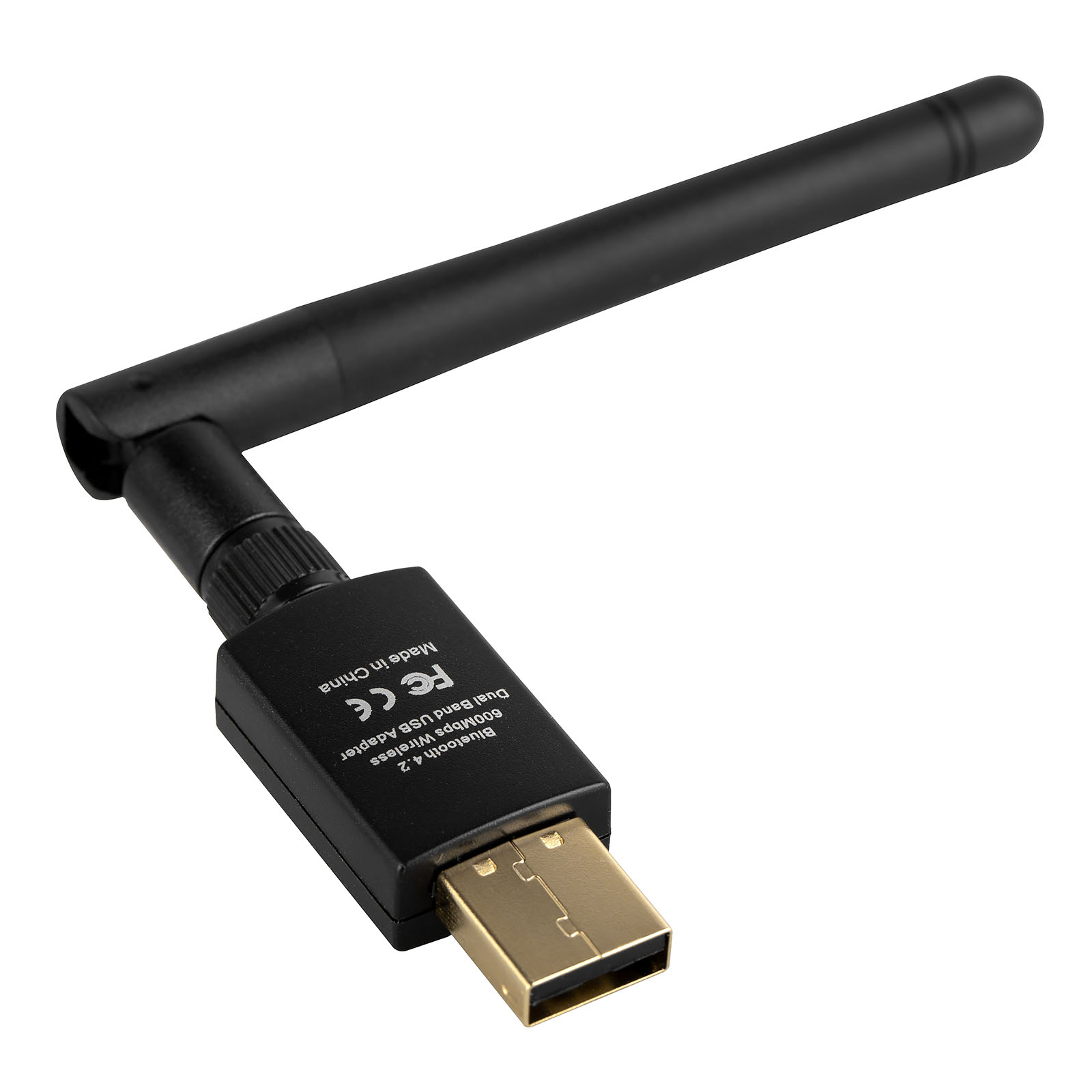
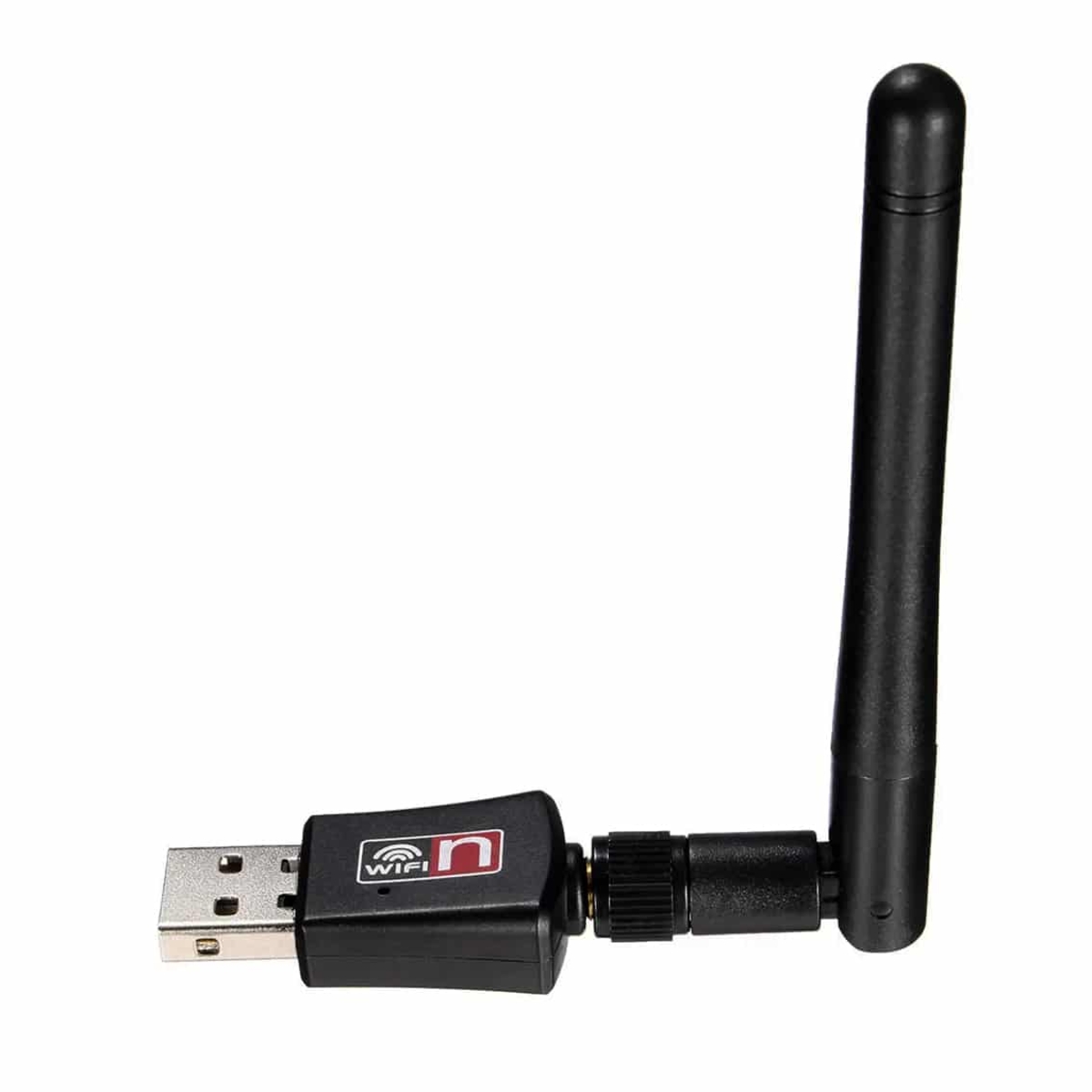
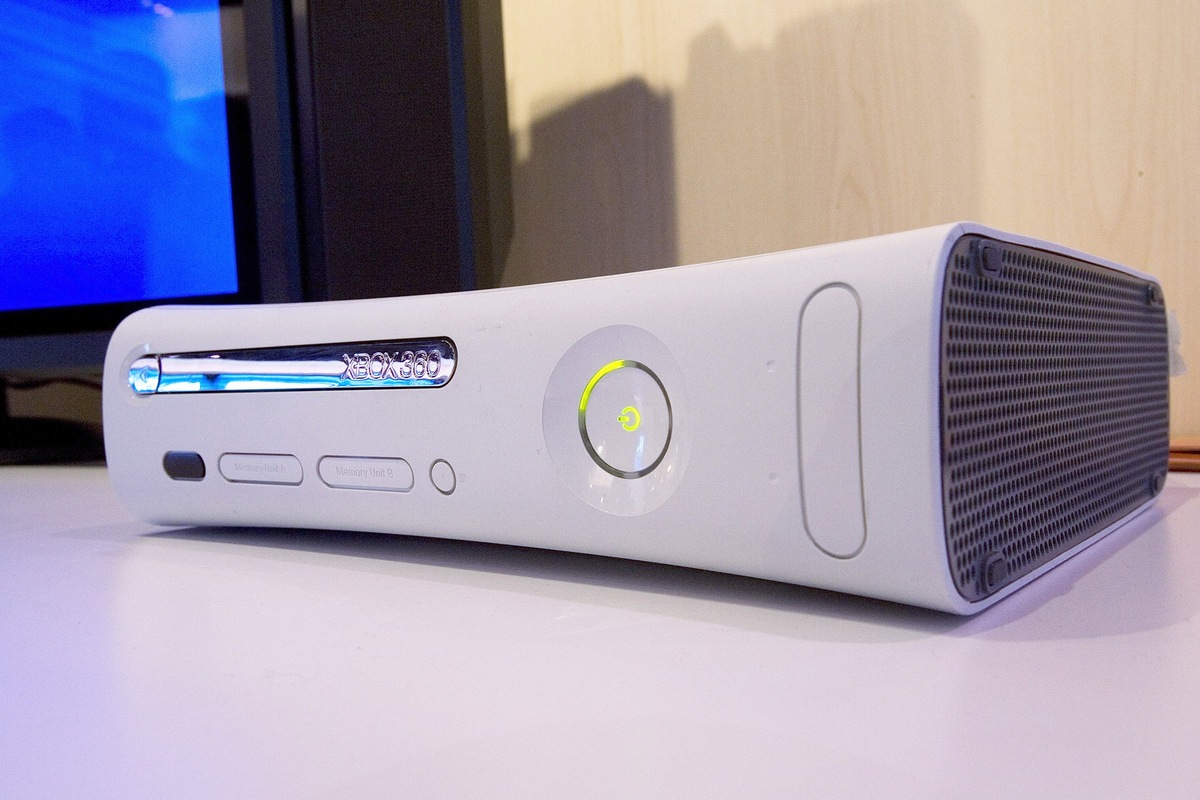
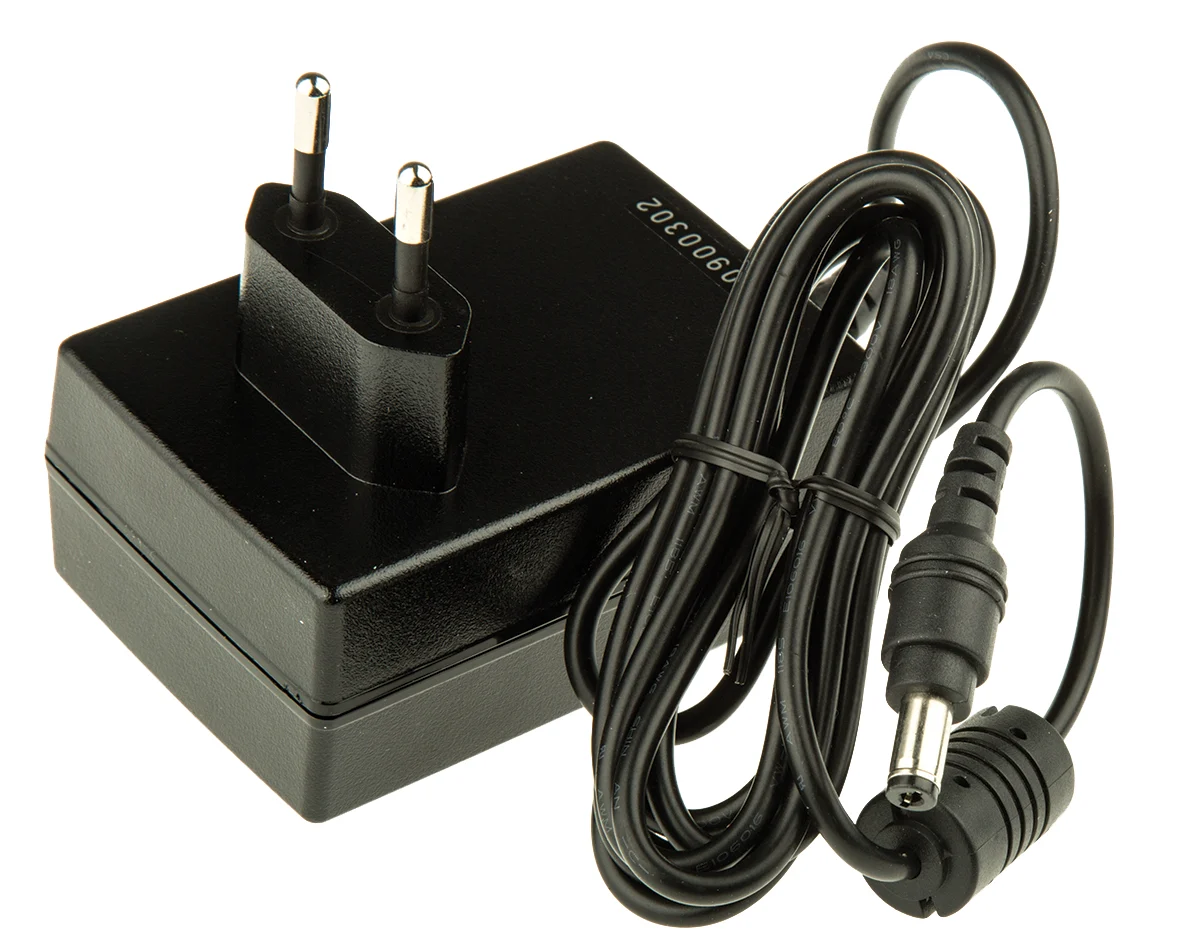

0 thoughts on “What Does A Wifi Adapter Do”